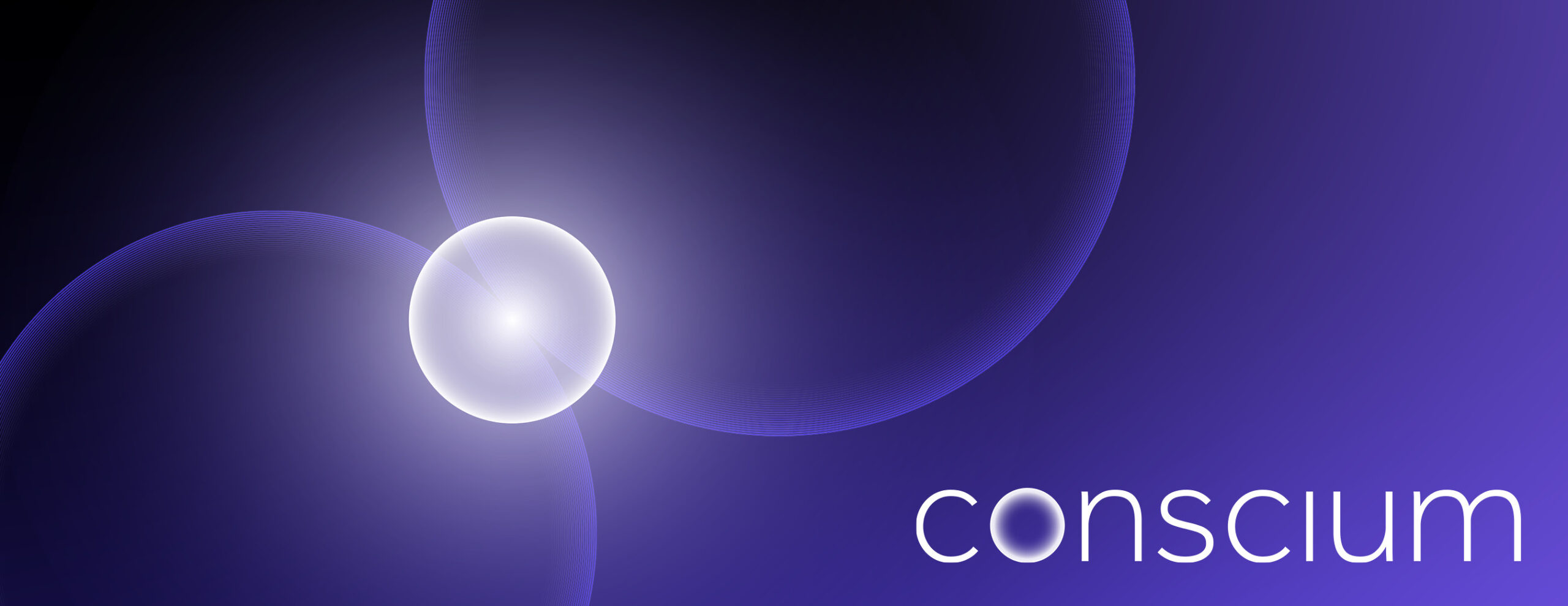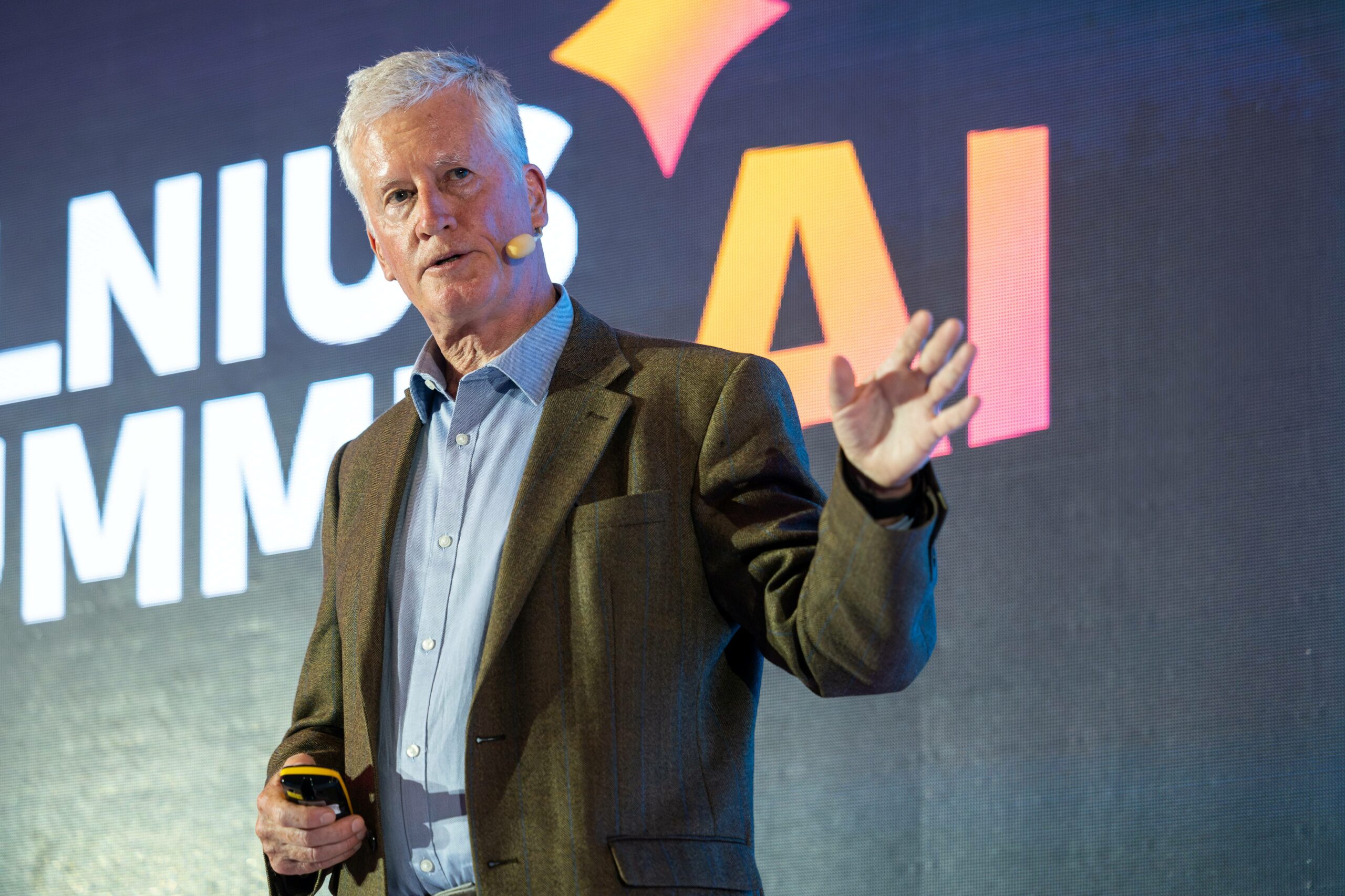There is no scientific consensus about how consciousness arises. First we will outline some of the broad approaches people take to the problem, and then we will look at some specific theories of consciousness.
Theories of consciousness
There is no scientific consensus about how consciousness arises. First we will outline some of the broad approaches people take to the problem, and then we will look at some specific theories of consciousness.
Dualism
Dualism posits that mind and body are fundamentally distinct entities. The mind is non-physical, and not subject to the physical laws which govern the brain and the body.
Proponent: R. Descartes, “Meditations on First Philosophy” (1641).
Problem: Dualism struggles to explain how the non-physical mind can interact with the physical body. Descartes thought the interaction took place in the pineal gland, a small organ deep inside the brain, so called because it is the shape of a pine cone. He offered no explanation of the actual interaction mechanism.
Physicalism (Materialism)
Physicalism holds that everything is physical, and that consciousness arises from and is reducible to physical processes in the brain.
Proponent: J.J.C. Smart, “Sensations and Brain Processes” (1959).
Problem: The qualitative, subjective aspect of experience does not appear to be a physical phenomenon. This is often referred to as the “hard problem” of consciousness, a term coined by David Chalmers in 1995.
Functionalism
Functionalists are materialists who also believe that specific conscious experiences are generated by corresponding specific physical processes. So if you replicate the physical processes taking place in a conscious human brain – down to the minutest level – then you will give rise to the same conscious experience as the human is having.
Proponent: D. Dennett, “Quining Qualia” (1990).
Problem: Like materialism, functionalism struggles to answer the “hard problem” of how purely physical phenomena can give rise to apparently non-physical experiences.
Panpsychism
Panpsychism suggests that everything in the universe is conscious – even elementary particles.
Proponents: P. Goff, W. Seager, & S. Allen-Hermanson, “Panpsychism” (2017).
Problem: It is very unclear how very simple objects like rocks and elementary particles can host sufficiently complex processes to form the rich, complex experience of consciousness.
Here are some of the main competing theories of consciousness.
Integrated Information Theory (IIT)
Consciousness arises when a system integrates information in a specific way, such that the whole cannot be reduced to independent parts. The integrated information must also exert a causal power upon itself, meaning that the current state of the system must determine its future states. The integration is quantified by a measure called Φ (phi), and the higher the Φ, the more conscious the entity.
Proponent: G. Tononi, “An Information Integration Theory of Consciousness” (2004).
Problem: IIT’s critics claim it is unfalsifiable, and perhaps therefore pseudoscience.
Global Workspace Theory (GWT)
The “global workspace” is a central platform within the brain which different cognitive processes compete to access. The strongest or most relevant signals gain access to this workspace, and they are then “broadcast” to other specialized, unconscious brain systems. This broadcasting makes the information widely available, and conscious. Signals which do not gain access to the global workspace remain localized and unconscious. A spotlight on a theatre stage is often used as a metaphor for conscious attention.
Proponent: B. Baars, “A Cognitive Theory of Consciousness” (1988).
Problem: Critics claim that GWT does not explain subjective experiences or qualia, focusing instead on the mechanisms for cognitive access and reporting.
Higher-Order Theories (HOT)
Higher-Order Theories suggest that consciousness occurs when a higher-order (meta) mental state reflects on a lower-order (first-order) mental state. For example, your pain becomes a conscious experience when you have a higher-order perception or thought that you are feeling pain.
Proponent: D.M. Rosenthal, “Two Concepts of Consciousness” (1986).
Problems: If every conscious state requires a higher-order state, there could be an infinite regress of higher order states. Empirical studies of brain-damaged patients who lack certain cognitive capacities but still report conscious experiences, suggest that higher-order thoughts may not be necessary for consciousness.



